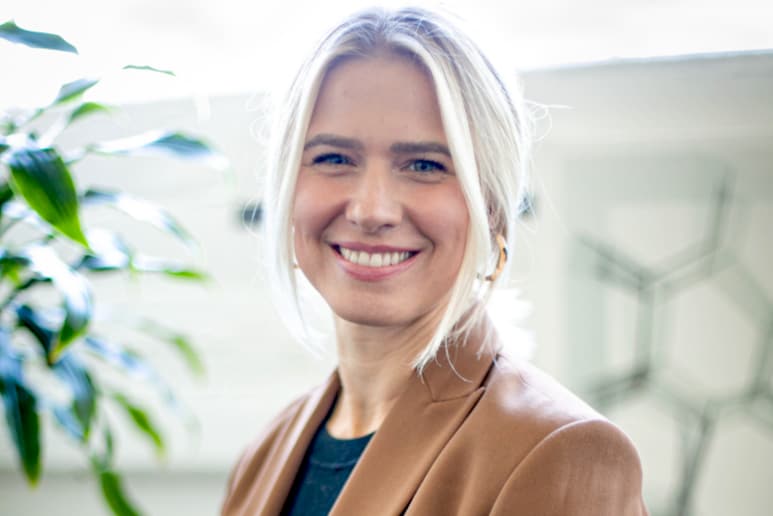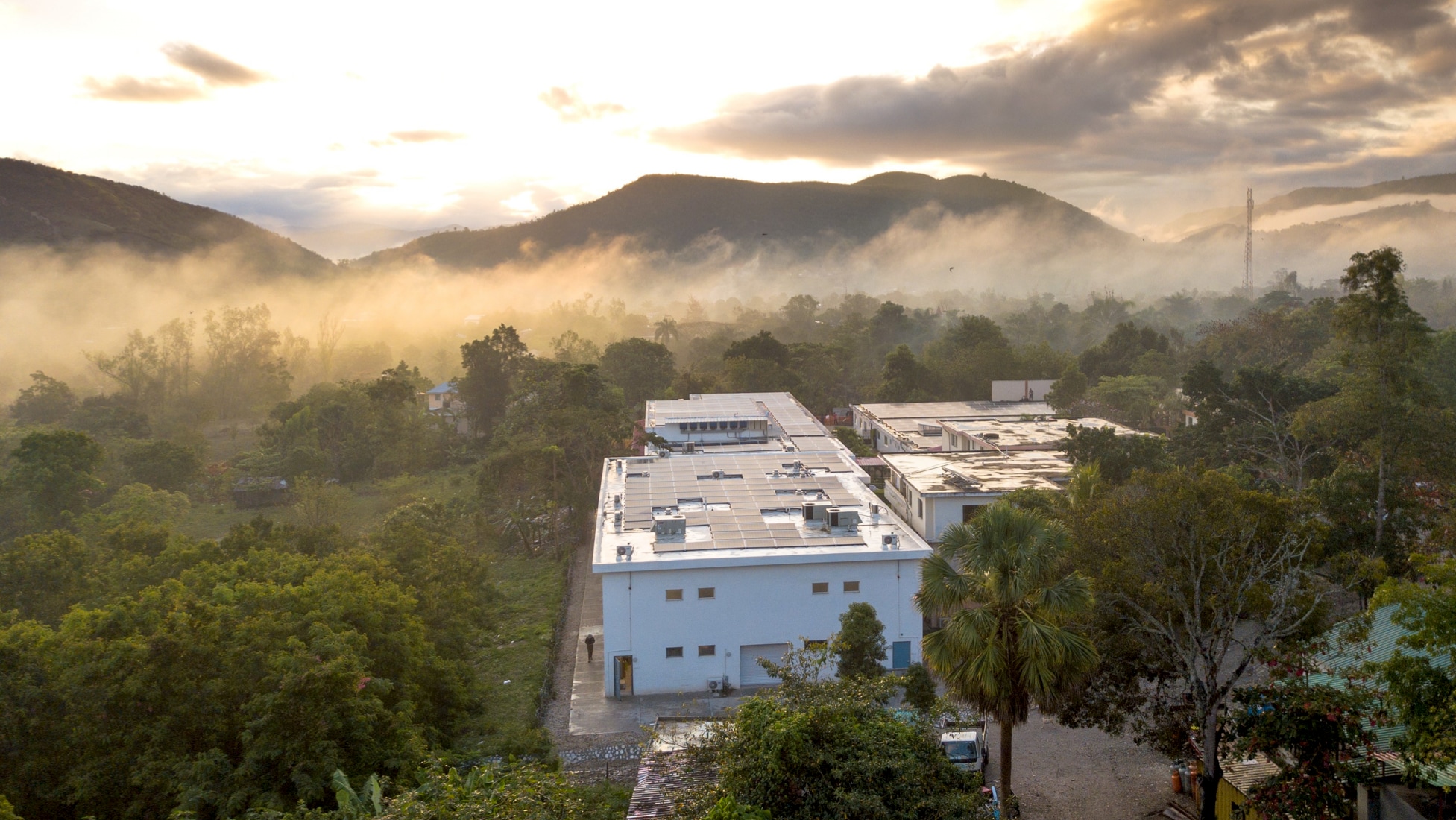
Image courtesy of Terry Sebastian, Build Health International
Expanding impact solutions globally
The story of Autodesk Foundation’s fiscal year 2023 is one of expansion. Eleven new organizations joined our portfolio, helping us surpass 50 nonprofits and startups—an organizational milestone—for the first time in our existence. We broadened our reach globally, and in key industries like fusion energy, carbon sequestration, electric vehicle maintenance, and sustainable building operations. With each investment, in-kind support of Autodesk technology, training, and expertise scaled impact outcomes.
Portfolio impact
In fiscal year 2023, the Autodesk Foundation deployed an aggregate of approximately $12.4 million to a global portfolio that achieved the following:
FY23
2.4 million
metric tons CO2e of GHG emissions reduced
87 million+
individuals reached with resilient solutions in housing and infrastructure, energy access, agricultural productivity, and workforce development (cumulative data from active organizations since their inception)
27,000+
people obtained new or improved jobs
These impact metrics rely on data aggregated and sourced from financial reports, annual reports, organizational key performance indicators, and self-reported data from the Autodesk Foundation portfolio. Read the full Autodesk Foundation FY23 impact report for more details.
In-kind support

Technology Impact Program
In FY23, Autodesk donated more than $53 million in software licenses to 3,500+ organizations worldwide through the Technology Impact Program.

Pro Bono Consulting and employee volunteering
In FY23, Autodesk employees contributed 23,000+ volunteer hours, including 3,680 hours of pro bono consultation.
Impact in action
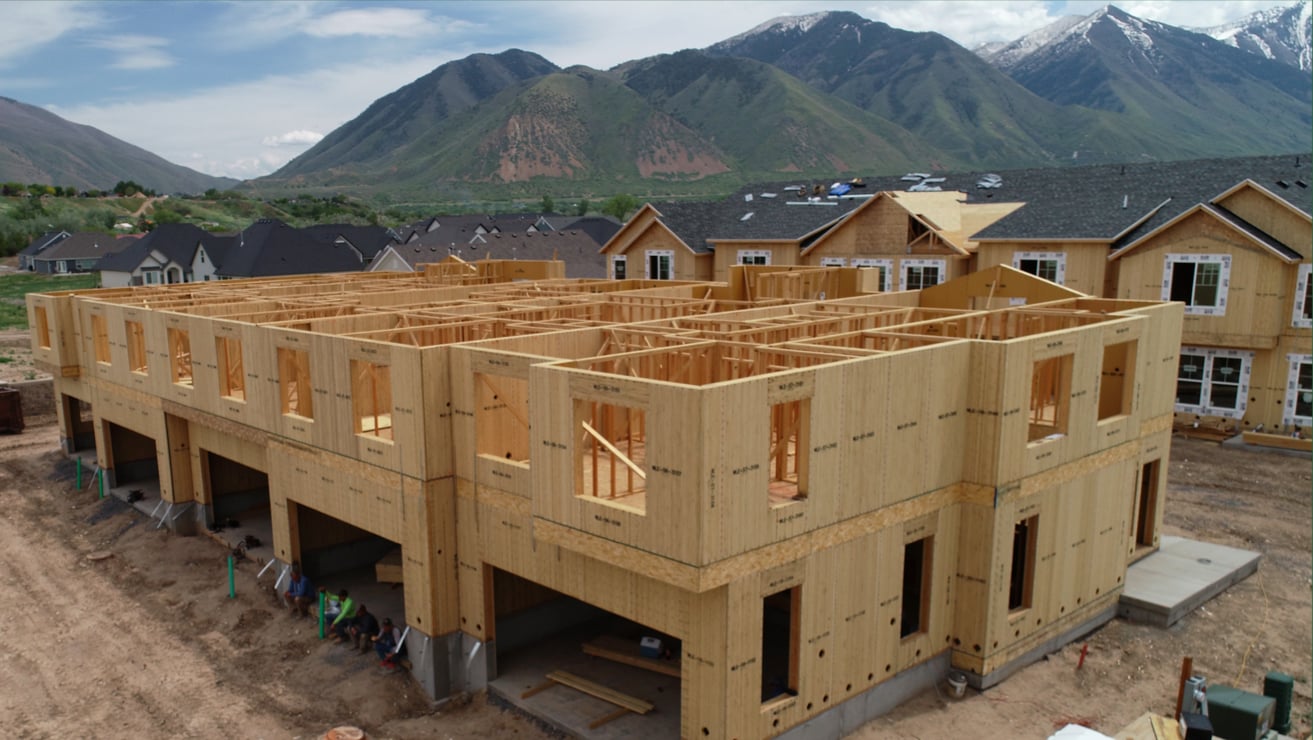
BamCore
Decarbonizing construction
BamCore is transforming the market for low-carbon building systems through its development of the world’s first global supply chain of prefab timber bamboo wall systems.
Image courtesy of BamCore
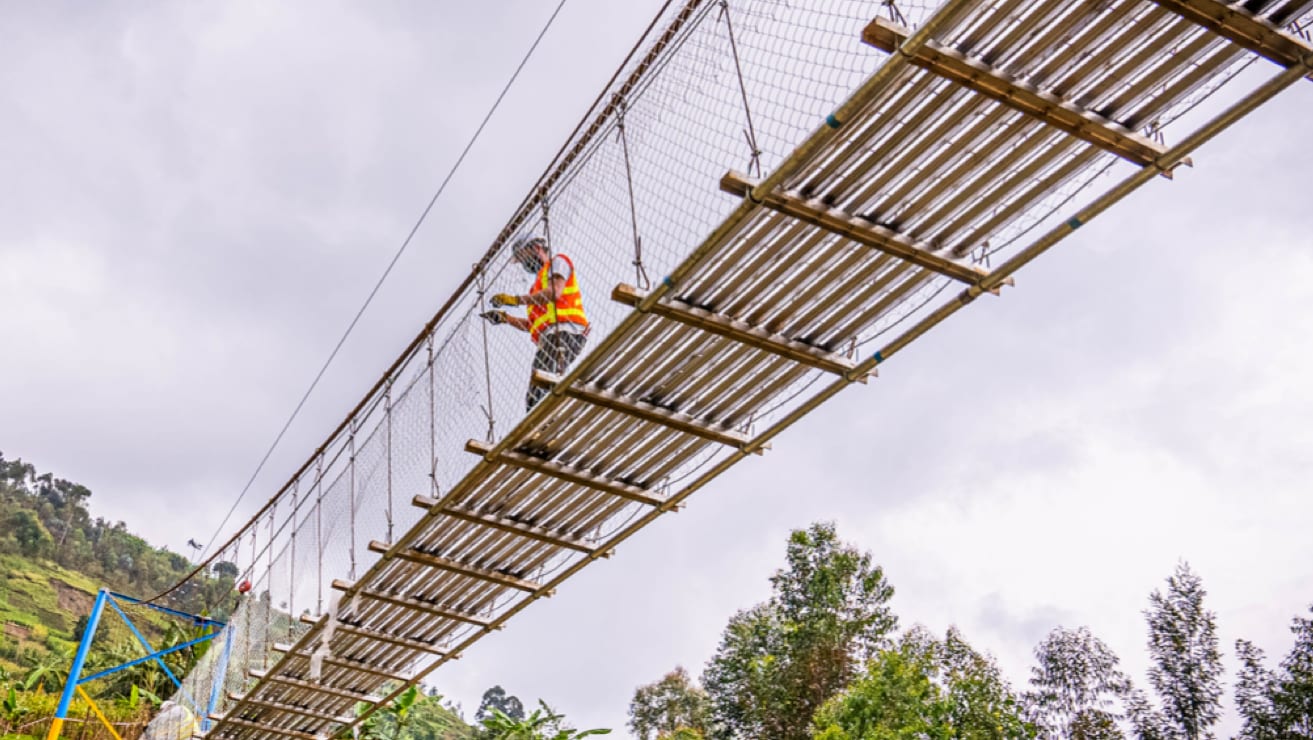
Bridges to Prosperity
Connecting communities to resources
With the Autodesk Foundation’s support, B2P has expanded its remote technical assessment and virtual site visit programs to construct more than 500 bridges serving more than 1 million people.
Image courtesy of Envision Rwanda
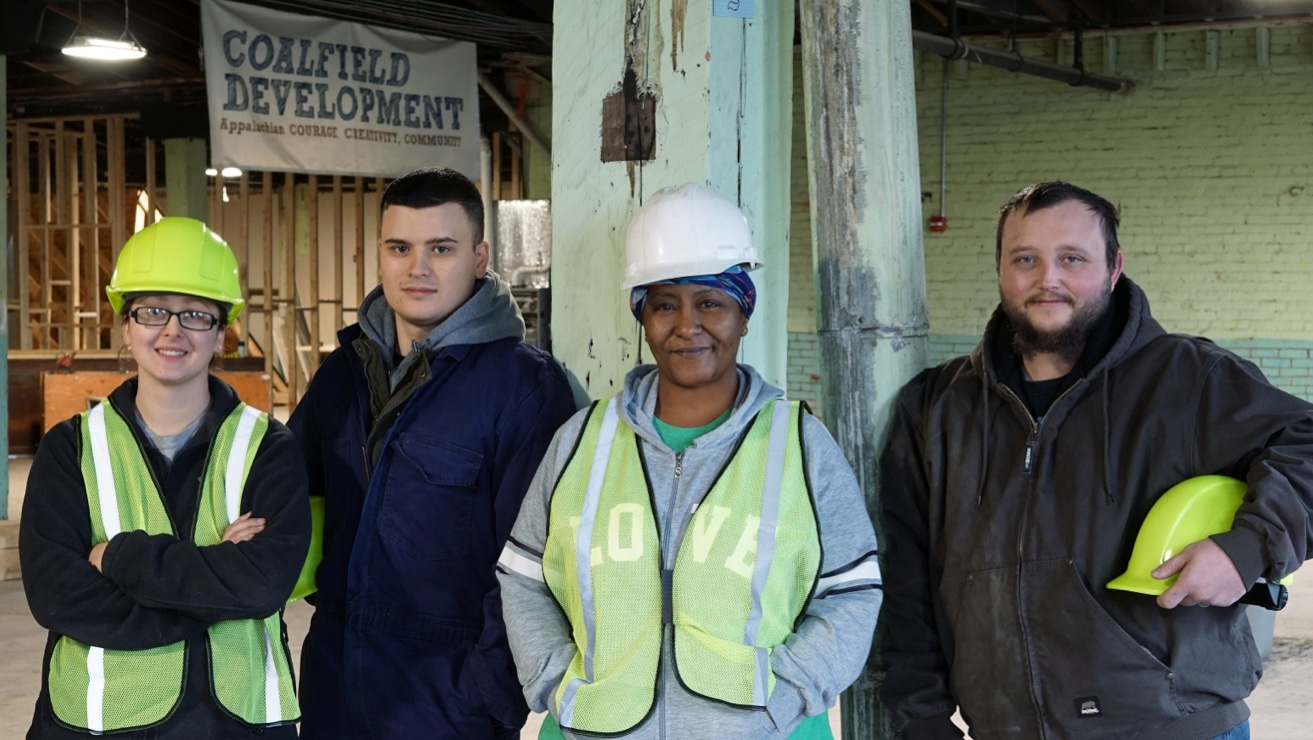
Coalfield Development
Revitalizing Appalachia
Coalfield Development is working to rebuild and diversify the Appalachian economy by unlocking the potential of individuals facing barriers to full-time employment.
Image courtesy of Coalfield Development
